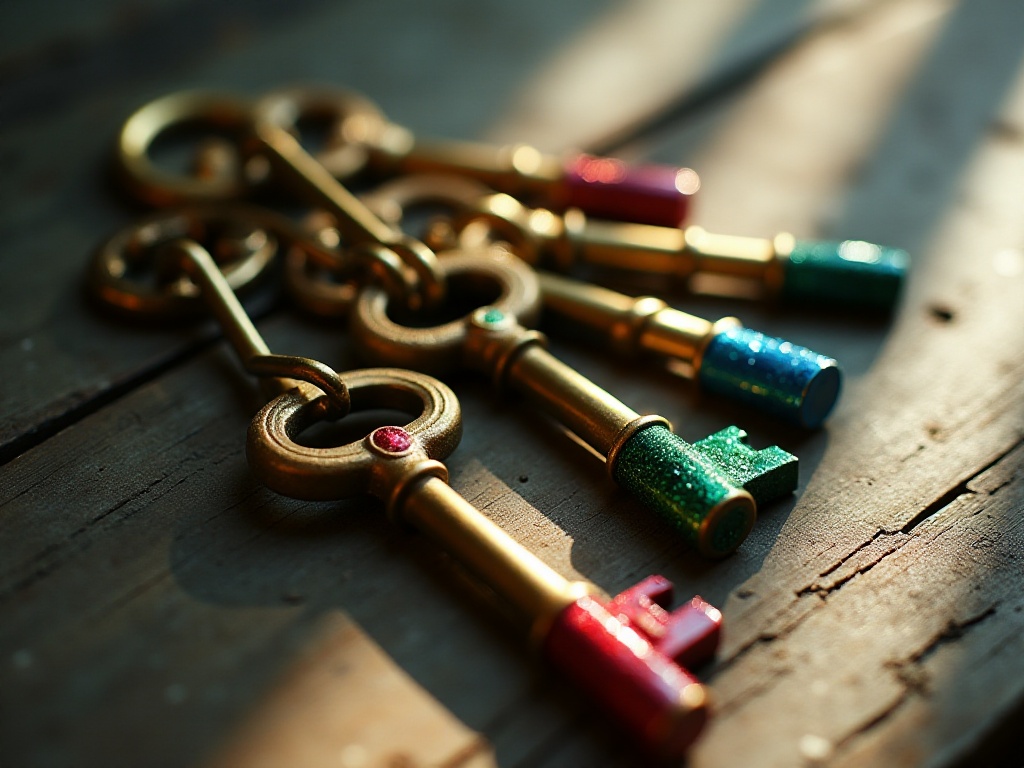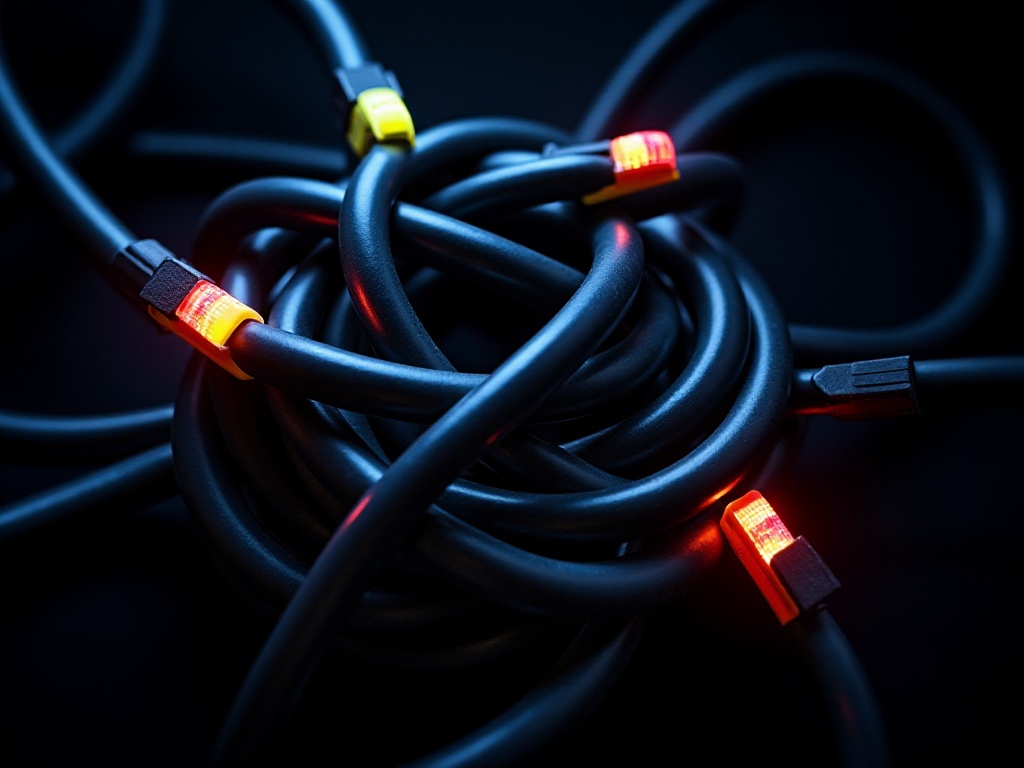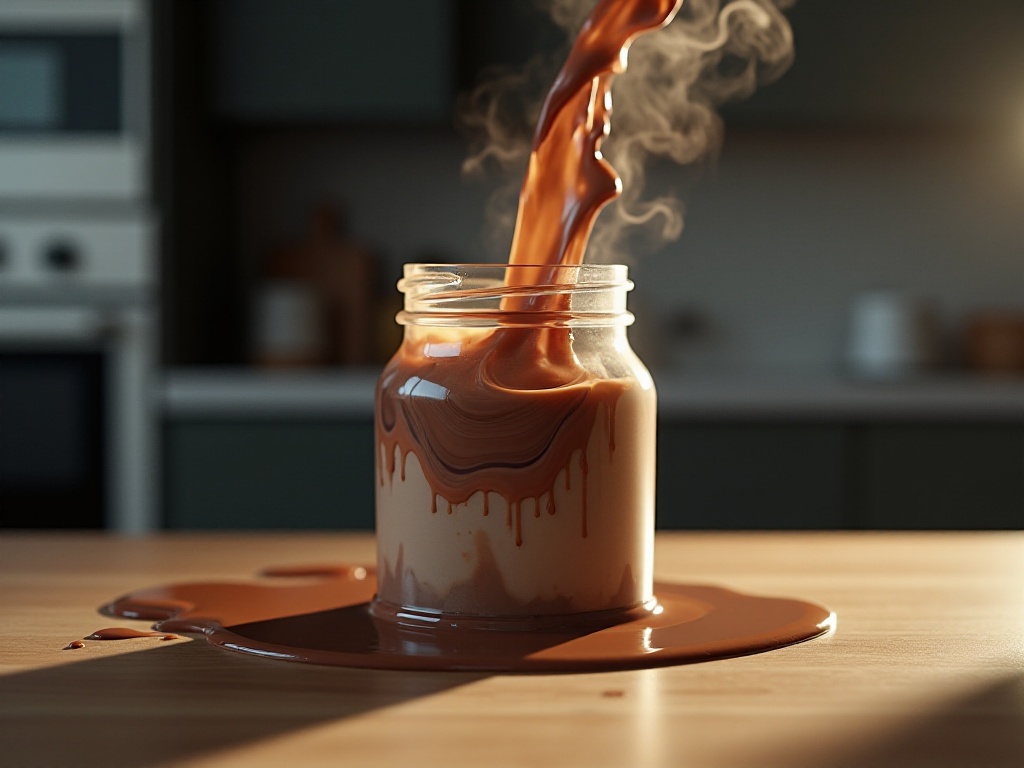As a fresh graduate new to the workforce, I deeply felt the troubles brought by a messy life. Not being able to find keys in the morning, messy files in office folders, never-ending clothes to organize in the closet... These issues once drove me crazy. After more than a year of exploration and trial, I finally upgraded from a "storage novice" to an "organization expert." Today I'd like to share my journey and practical tips, hoping to help others who face similar struggles.
To be honest, I had no concept of marking at first. Every time I came home and took out my keychain, I had to awkwardly stand at the door for several minutes, trying keys one by one. Especially when returning home late after overtime, with dim lighting in the hallway, this process became particularly painful. Until one time, while browsing a beauty store, I had an epiphany—nail polish is the perfect marking tool!
So I bought several bottles of cheap nail polish to experiment at home. I chose the most eye-catching red to mark the main door key, blue for the garage key, and green for the storage room key. This method works amazingly well! Not only are the colors clear and visible, but nail polish is also particularly suitable for lasting on metal surfaces. Even with frequent friction in my bag, these marks maintain well.
Later, I extended this method to other areas. For instance, I use different colored nail polish to mark chargers, red for fast charging and blue for regular chargers. At the office, I use the same method to mark various folders, making it easy to identify materials for different projects from a distance.

Speaking of the most frustrating storage problems, various electronic device cables top the list. As a digital product enthusiast, my desk was literally a "snake pit"—various charging cables, data cables, and headphone cables tangled together, just untangling them would consume lots of my time. Whenever I needed a specific cable, I had to dig through the entire bundle to find it.
This problem troubled me for a long time until one day I found the savior in the kitchen—bread bag clips! These small plastic clips seem made for cable management. I started trying to organize various cables with them, and the results were surprisingly good. First, they can firmly secure the cables, preventing them from spreading and tangling. Second, the surface of the clips can be written on with markers, making labeling very convenient.
My current approach is to bundle each cable with a clip and write its purpose on the clip, such as "monitor power cable," "iPhone charging cable," "Bluetooth speaker data cable," etc. These cables are stored by frequency of use, with commonly used ones in desk drawers and less frequently used ones in dedicated storage boxes.
To better manage these cables, I also installed a simple cable organizer behind my desk. This rack can neatly hang various cables, saving space while making them easy to access. Each cable has its fixed position and won't become a tangled mess anymore. Most importantly, this storage method allows me to find the needed cable at a glance, greatly improving work efficiency.

Speaking of space utilization, this is where I spent the most thought. When I first started working, I rented a small studio less than 30 square meters, with very limited space. How to achieve efficient storage in limited space became a problem I had to solve.
After repeated thinking and trials, I finally found the key: dividing the entire room into different functional areas and strictly implementing the principle of "everything in its place." My small room was divided into several clear areas: sleeping area, work area, leisure area, and storage area. Each area has its specific functions and storage system.
In the work area, I set up an L-shaped desk to maximize the use of corner space. On the desk is a multi-layer stationery organizer, storing various office supplies by category. Pens, pencils, and markers each have their dedicated slots, while sticky notes and notepads also have fixed positions. The drawers store different items according to frequency of use, with the most frequently used items in the top layer and less frequently used items in the lower layers.
The leisure area mainly consists of a small sofa and a folding coffee table. There is storage space under the coffee table, which I use to store various magazines and books. To avoid looking messy, I specifically bought several beautiful storage baskets to categorize magazines and books. This not only looks neat and beautiful but is also convenient for retrieval.
The storage area is my focus for optimization. I adopted the concept of "vertical storage," making full use of wall space. Several shelves and hooks were installed on the wall to store various small items. The closet was also carefully planned, using storage boxes to separate clothes for different seasons, while rarely used clothes are stored in vacuum compression bags, saving a lot of space.
As someone who often cooks at home, I have profound experience with kitchen storage. At first, my kitchen was always a mess, with dishes piling up after cooking and condiments scattered everywhere. Later I discovered that the key to keeping the kitchen clean is establishing an efficient workflow.
I now use the "clean as you go" method. This might sound troublesome, but it's very practical in operation. For example, while waiting for water to boil, I'll clean and put back the condiments I've used; during the intervals waiting for food to cook, I'll wash the cutting board and knives. The advantage of doing this is obvious: after finishing cooking, the kitchen is basically clean and tidy, without leaving a big mess to deal with.
To better implement this method, I made many detailed improvements in the kitchen. First is the storage of condiments—I purchased a rotating spice rack and put all commonly used condiments on it. This way, during cooking, I can easily get whatever condiment I need with a turn, and it's also easy to put them back.
Second is kitchen utensil storage. I installed a dish drying rack next to the sink, specifically for placing freshly washed dishes and kitchen utensils. This not only allows them to dry naturally but also keeps the countertop clean. For some larger pots and pans, I installed hooks on the wall to hang them. This not only saves storage space but is also very convenient for access.
To solve the kitchen waste problem, I placed two trash bins under the sink, one for dry waste and one specifically for kitchen waste. During cooking, I can sort and dispose of garbage right away, avoiding the problem of garbage accumulation.

The bathroom is the place in the home most prone to water scale and mold. If not maintained properly, it can easily become dirty and messy. Through continuous exploration, I've summarized some particularly useful tips.
First is the issue of cleaning the shower head. We all know that shower heads accumulate scale after long-term use, leading to poor water flow. I found that cleaning with white vinegar is the simplest and most effective method: prepare a plastic bag, pour in an appropriate amount of vinegar, then secure the bag to the shower head with a rubber band and soak overnight. The next morning, remove it and rinse with clean water, and the shower head will be like new.
Mirror fogging is another troublesome problem, especially when taking a shower in winter, the mirror always fogs up, seriously affecting use. Later I discovered a particularly effective method: apply a thin layer of shaving cream on the mirror, then wipe clean with a clean cloth. Mirrors treated this way won't fog up for several weeks, allowing you to see clearly in the mirror even while showering.
To maintain bathroom cleanliness, I also made many detailed improvements. For example, I installed several strong suction cup hooks in the bathroom for hanging towels and bathrobes. This not only allows them to dry quickly but also keeps the bathroom tidy. Under the sink, I use storage baskets to categorize various toiletries, with frequently used items in the most accessible positions and less frequently used items in the back.
Additionally, I've developed the habit of briefly cleaning the bathroom after each shower. Using a squeegee to remove water from walls and floors, turning on the exhaust fan for ventilation—this can effectively prevent mold growth. Every weekend I do a deep clean, including cleaning the drain and wiping the wall tiles, to maintain long-term bathroom cleanliness.

After discussing so many specific storage tips, finally I want to emphasize the importance of developing good habits. Even the best storage methods are just theoretical if not consistently executed.
Now the first thing I do every morning is make the bed. This seemingly simple action can bring positive influence to the entire day. A neat bed not only makes the room instantly look tidy but also gives a sense of a new beginning.
I've also developed the habit of preparing items for the next day before bed. Before sleeping, I select and arrange the clothes I'll wear the next day, and prepare needed items like bags and laptops. This not only saves time in the morning but also makes the next day more organized.
Additionally, I established a simple "item in-and-out" rule: whenever a new item enters the home, I must dispose of an old item. This rule has helped me effectively control the total amount of items at home, avoiding falling back into chaos.

Through practicing these methods, my life has become much more organized. Most importantly, this neat and orderly lifestyle has made me feel more cheerful. I found that when the living environment becomes neat and orderly, work efficiency improves, and mood also becomes more relaxed.
Actually, storage and organization isn't particularly difficult; the key is finding methods that suit yourself and persisting with them. Everyone's living habits and needs are different, so the best storage methods also vary from person to person. I hope through my sharing, I can give everyone some inspiration to find their own way of organization.
Do you have any unique storage tips? Welcome to share in the comments section, let's create a neater and more comfortable living space together. I believe through our mutual exchange and sharing, we can all find more practical storage tips to make life more beautiful.
 Previous
Previous